Metro advertising efficiency in 2006
Traditional research “Advertising effectiveness in Moscow underground” was held in May-June 2006 by TNS Gallup Media. For the first time there are given results showing visual information about life style and preferences of the underground passengers. Still the main objects of the research are the attention level to advertisement in the underground and to the specific advertisement places and description of socio-demographic structure of the passengers. As in the previous projects TNS Gallup Media took telephone interviews with Moscow residents aged 16 and up. The size of random two-level sample is 2001 completed interviews. They represent a general group of 9.035 mln. people. The second part of the research is based on 539 interviews data held by TNS Gallup Media at different stations of the metro. Telephone interviews showed the following results:
- Average monthly number of adult underground passengers is 74% (about 6.7 mln. people), average daily number is 36% of Muscovites (more than 3.2 mln. people)
- More than 3.2 mln. people use underground not less than once during a day and even more often on weekdays. More than 1.1 mln. Muscovites take metro on days off.
- More than 81% of Muscovites spend more than half an hour in the metro on weekdays and days off.
Socio-demographic structure of the underground passengers: 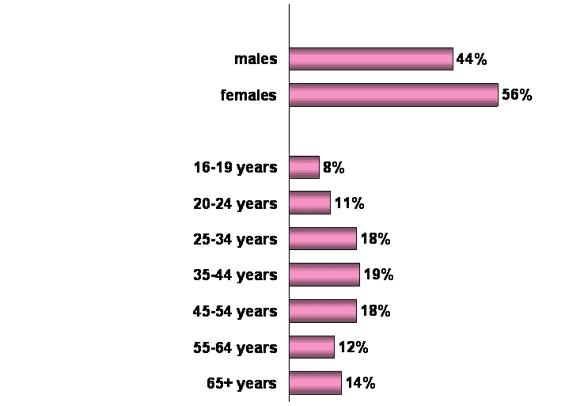
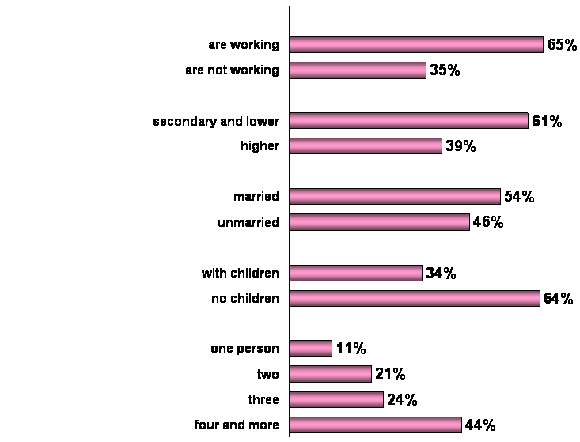
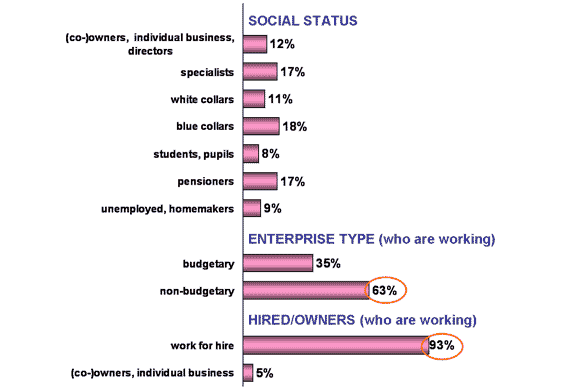
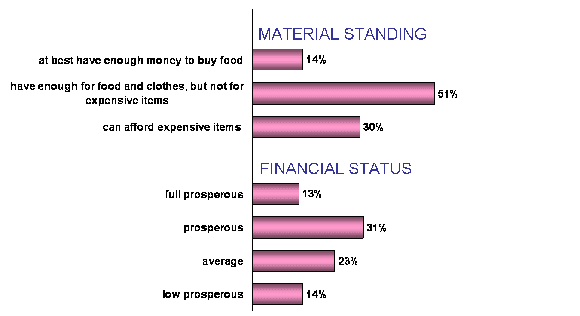
Consumer characteristics and life style of Moscow underground users.
- Moscow underground passengers actively carry out free time – most frequently they visit café and cinemas.
- Almost half of underground users’ families have personal automobile (48%, 3.2 mln. people): 57% of them have native automobile, 46% - import automobile.
- The significant part of underground passengers (65%, 4.3 mln. people) for the 12 months previous to this interrogation used any bank services.
- Almost the tenth part of Muscovites using underground (8.7%, 581 thousand people) made tourist and/or business trips abroad for a half-year previous to the interrogation.
Attention to advertisement in Moscow underground.
- More than 6.0 mln. Moscow residents (90 % of the passengers) pay attention to various types of underground advertisement. More than a half of the passengers (53%, 3.6 mln. people) pay attention to advertisement during each trip in the metro.
- Most frequently underground advertisement attracts attention of:
- males (16-24 years)
- females (16-24 and 35-54 years)
- people with higher education
- employed
- specialists and white-collars
- students and pupils
- with an average income and prosperity
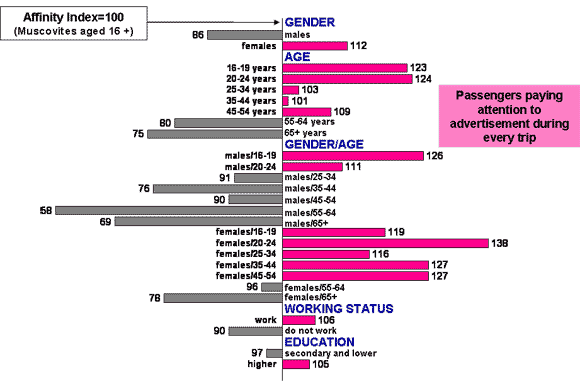
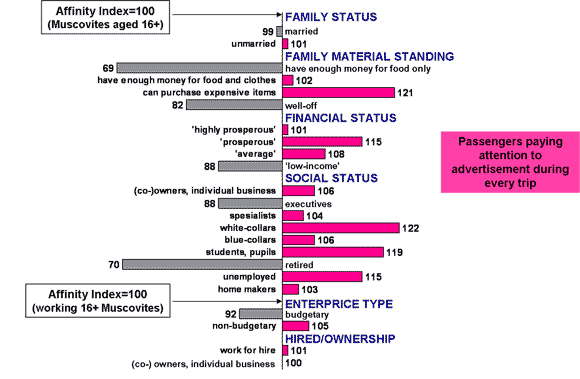
TNS Gallup Media studied attention paid to different advertising sites in the underground and got the following results:
| Types of advertising |
Results of telephone interrogations |
Results of personal interviews |
| % of passengers paying attention to the pointed out types of advertising |
| At least sometimes (not less than once a month) |
During one “average” trip |
At least sometimes (not less than once a month) |
During one “average” trip |

Stickers in underground trains |
76% |
32% |
Figures were not checked |
Figures were not checked |

Posters on underground train walls |
Figures were not checked |
Figures were not checked |
89,4% |
68,2% |

Stickers over underground train windows and doors |
Figures were not checked |
Figures were not checked |
80,7% |
51,3% |

Stickers on underground train glass (windows and doors) |
Figures were not checked |
Figures were not checked |
81,3% |
52% |

Boards alongside escalators |
79% |
40% |
88% |
57,6% |

Posters on walls across platforms |
47% |
12% |
88,4% |
57,2% |

Stickers on underground stations entrance/exit doors |
48% |
13% |
69,3% |
32,7% |

Lighted panels in halls |
35% |
7% |
61,1% |
23,2% |

Boards in halls |
Figures were not checked |
Figures were not checked |
58,2% |
14,1% |

Advertising racks at underground entrance |
19% |
4% |
Figures were not checked |
Figures were not checked |
- More than 1.8 mln. of Muscovites for last year have used telephone numbers or addresses presented in underground advertisements.
Metro advertising efficiency in 2009
Metro advertising efficiency in 2008
Metro advertising efficiency in 2007
Metro advertising efficiency in 2005
Metro advertising efficiency in 2004
|